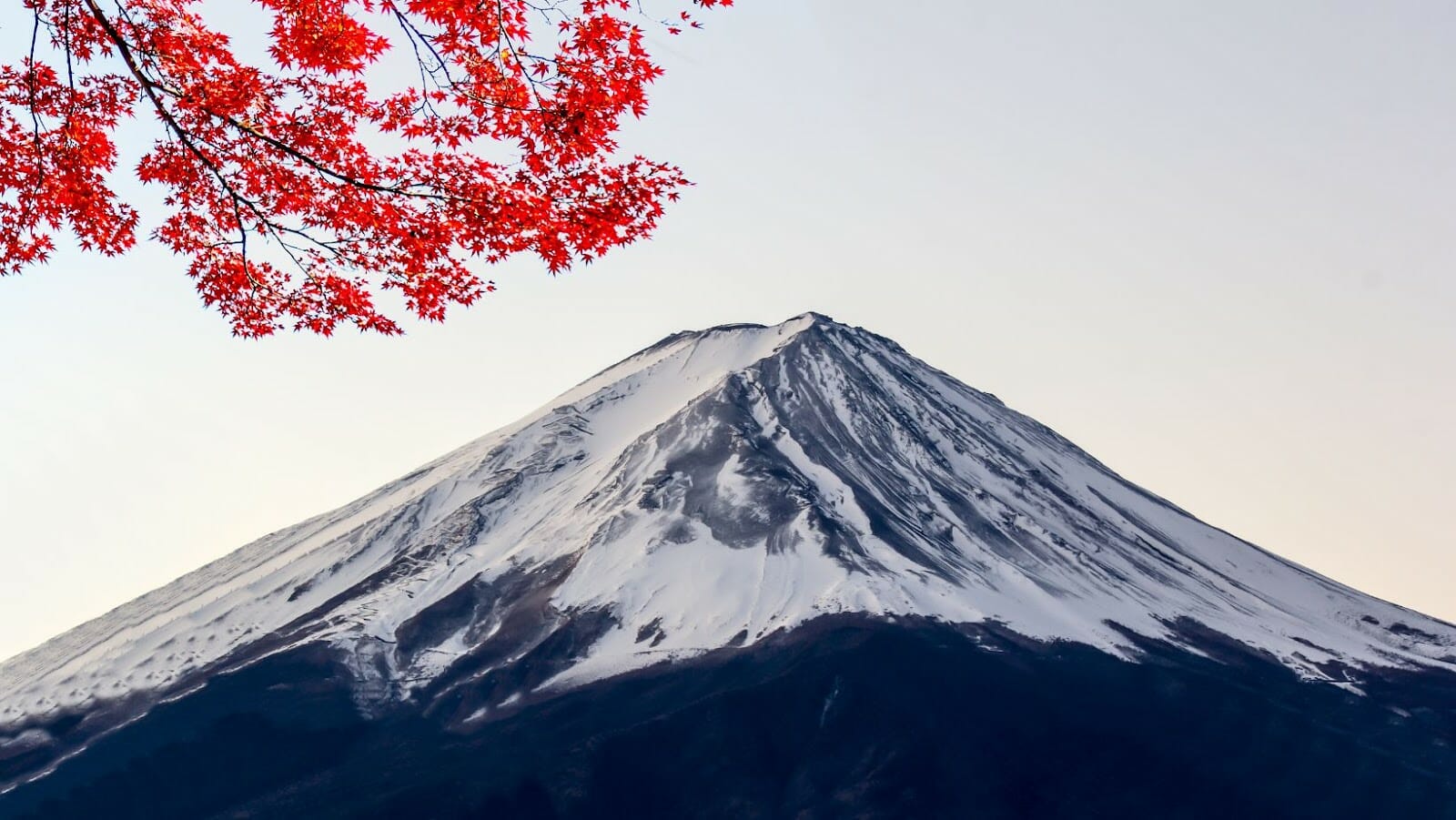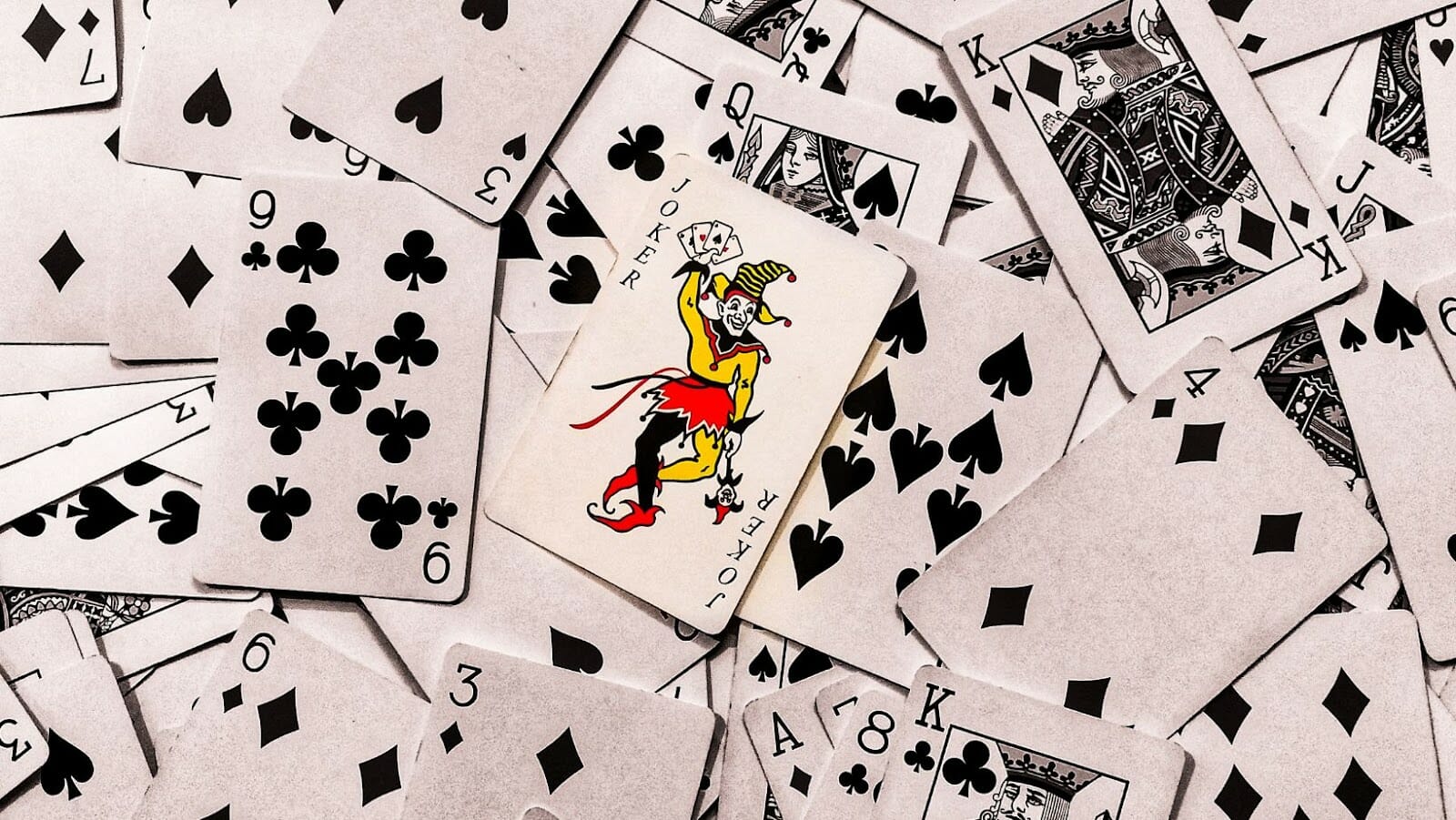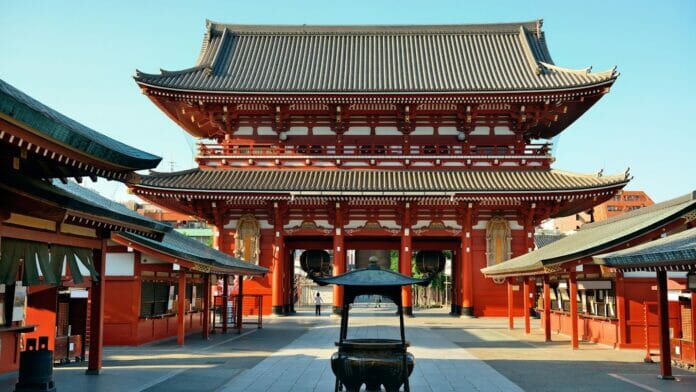Japanese culture has greatly influenced card games’ creation and gameplay. One example is hanafuda, a traditional Japanese card game that uses flower-themed decks. These decks were later adapted into the popular game of poker, with the suits we know today being derived from the four types of cards used in hanafuda.
Additionally, Japanese manga and anime have had a significant impact on gaming, including creating popular card games like Yu-Gi-Oh! and Pokemon. These games incorporate elements of Japanese culture, such as mythical creatures and martial arts, into their gameplay and aesthetics.
Overall, the influence of Japanese culture on card games has helped create unique and intriguing games enjoyed by people worldwide.
Bushocard/6053金トラにゃん
Card games have become an integral part of the Japanese culture, with their impact quickly expanding worldwide. From Hanafuda to Karuta, the games have deep historical roots, stretching back to the Edo Period of the 19th century.
This article will explore their evolution, taking you on a journey through time to explore how traditional Japanese card games have become so influential.
Introduction to Hanafuda
Hanafuda is a traditional Japanese card game that has been enjoyed in Japan for centuries. The game, originally played with cards made from mulberry bark, features 48 cards divided into 12 suits, each named after a month of the year and featuring a floral or nature-themed design.
Hanafuda has significantly influenced other card games, particularly in Asia, with elements of the game incorporated into other popular games like Mahjong and Go-Stop. The game’s popularity is partly attributed to its simple rules and accessibility.
Recently, interest in Hanafuda has grown beyond Japan, with enthusiasts worldwide seeking vintage decks and learning to play the game. However, the enduring appeal of Hanafuda reflects its unique place in Japanese culture, rooted in history and tradition.
Importance of Edo Period in the development of Hanafuda
Japan’s Edo Period played a crucial role in the development of Hanafuda, a traditional Japanese card game still popular today. During this time, the Japanese government banned gambling, creating non-gambling card games like Hanafuda.
The Edo Period also saw an increase in urbanization and a rise in the merchant class, who were the primary players of Hanafuda. As a result, Hanafuda cards began to feature motifs inspired by nature, such as cherry blossoms and maple leaves, as well as images of cultural icons like Mt. Fuji and the Japanese imperial chrysanthemum.
The popularity of Hanafuda spread beyond Japan to Hawaii and Korea, where it became a staple in cultural festivities and family gatherings. Today, Hanafuda is still played and enjoyed by people worldwide, making it a testament to the enduring influence of Japanese culture on card games.
Comparing traditional Japanese card games with Western card games
Traditional Japanese card games differ significantly from their Western counterparts, in terms of design, rules, and cultural significance.
While Western card games such as Poker and Bridge are primarily focused on strategic gameplay and winning the game, Japanese card games like Hanafuda and Karuta are deeply rooted in culture and tradition.
Hanafuda, for example, features beautifully illustrated cards depicting flowers and seasons and is often played during family gatherings and social events.
Karuta, on the other hand, involves memorization and quick reflexes and is often used as a learning tool to teach Japanese history and literature.
These traditional card games have profoundly influenced Japanese culture and continue to be an important part of the country’s social fabric.

Bushocard/2947清水宗治
Japanese card games have a long and storied history that dates back centuries. These games have inspired modern card games, which have seen renewed popularity with the advent of digital technology.
This article will focus on the evolution of Japanese card games, and the influence of Japanese culture on them in the modern era. We will explore how this influence has been reflected in the various card games and its effects on players and the industry.
Introduction to Trading Card Games in Japan
Trading Card Games (TCGs) have a rich history in Japan, evolving to become an essential part of Japanese culture. The development of TCGs like Magic: The Gathering and Yu-Gi-Oh was influenced by popular Japanese games like Hanafuda and Karuta, adding new gameplay mechanics like collectibility and deck building. The distinctive Japanese art style and storytelling also heavily influenced the design of TCG cards, with many cards featuring anime-style characters and intricate artwork inspired by traditional Japanese art.
Japanese TCGs have also impacted the gaming industry and popular culture worldwide, with many global franchises like Pokémon and Final Fantasy’s roots in Japanese TCGs. The influence of Japanese culture on card games can be seen in the blending of traditional gameplay mechanics and modern innovations, creating a unique and exciting gaming experience.
How anime and manga influenced the success of TCGs in Japan
Anime and manga have played a pivotal role in Japan’s success and popularity of trading card games (TCGs). These popular forms of Japanese entertainment feature various visually stunning characters and worlds that have proven to be the perfect inspiration for creative and engaging TCGs.
From Pokemon to Yu-Gi-Oh!, anime and manga have created iconic TCG franchises that have become global sensations.
The influence of Japanese culture on card games can also be seen in the design and gameplay of many TCGs. Japanese culture emphasizes strategy and skill, which has resulted in complex and challenging TCGs that require careful planning and execution of moves.
In addition, the collectible nature of TCGs appeals to the Japanese love of collecting and trading items.
Overall, anime and manga have played a significant role in the success and evolution of TCGs in modern times, and their continued influence is sure to shape the future of card games.
The development of Yu-Gi-Oh! and its global impact
The development of Yu-Gi-Oh! has had a tremendous global impact on the trading card game industry, and it has helped to popularize Japanese culture in the West.
Yu-Gi-Oh! was first introduced in Japan in 1999 by Konami as a collectible card game based on the popular manga and anime series of the same name.
Over the years, Yu-Gi-Oh! has evolved to become a competitive trading card game played worldwide, with numerous championships and tournaments held annually.
Additionally, the artwork and themes of the Yu-Gi-Oh! cards draw heavily from Japanese culture, which has helped to expose Western audiences to Japanese mythology, folklore, and popular culture.
The success and impact of Yu-Gi-Oh! have paved the way for other Japanese card games to gain popularity in the West, solidifying Japan’s influence on the modern trading card game industry.

Bushocard/2908花房職秀
We may not notice it, but Japanese culture has had a major influence on the card game industry. Furthermore, this phenomenon has been seen in incorporating Japanese culture into Western card games.
Themes from manga, anime, and other aspects of Japanese culture have been integrated into Western card games in order to make them more interesting and accessible to a wider audience.
This article will examine this phenomenon and how it’s affected the card game industry.
The use of Japanese folklore in Magic: The Gathering
Magic: The Gathering is known for its use of Japanese folklore in its gameplay mechanics and card artwork, reflecting the incorporation of Japanese culture in western card games.
The game showcases various Japanese mythological creatures, such as samurai, ninjas, and dragons, and makes references to Japanese mythology and culture. Some popular examples include the legendary creature card “Kodama of the Center Tree,” which is based on a tree spirit from Japanese mythology, and the creature card “Ninja of the Deep Hours,” which incorporates the concept of ninjas from Japanese culture.
By integrating elements of Japanese folklore, mythology, and culture, Magic: The Gathering offers a unique and diverse gameplay experience that educates and inspires players on different
cultures around the world.
The influence of Japanese video games on Hearthstone content
The influence of Japanese video games on Hearthstone content can be seen in the game’s incorporation of Japanese culture in its cards and themes.
One such example is the Kabuki Theater reference in the card “Kabuki Shadowcaster,” which uses the iconic Japanese theater art form and imagery to create a unique card.
The game also features a lot of samurai, ninja, and monk-like characters, which reflects the influence of Japanese action and adventure genres in video games.
Additionally, Hearthstone has borrowed from Japanese mythology, incorporating creatures like the “Oni,” “Naga,” and “Yokai” into its card designs.
The use of Japanese culture in the game’s content represents a trend in Western card games to diversify and incorporate different cultural elements to create a unique gaming experience.
The reception of these cultural adaptations from fans and critics
Incorporating Japanese culture in Western card games has received mixed reception from fans and critics.
While some appreciate the unique themes and artwork that Japanese culture brings to card games, others criticize the lack of cultural authenticity and the tendency to exoticize and capitalize on Japanese culture.
However, there is no denying that the influence of Japanese culture has left a lasting impact on the card game industry. Games like Yu-Gi-Oh! and Pokemon have become household names, and their cultural adaptations have opened the door for more diverse and inclusive representation in card games.
As the industry continues to evolve, it is essential to balance respectful cultural representation and the creative freedom to incorporate various cultural elements in card game design.

Bushocard/2025上杉景勝
The influence of Japanese culture on card games has been evident since the early 20th century. This influence has been seen in the development of popular games like Magic the Gathering and Pokemon.
With the ever-growing popularity of card games, it is important to consider the prospects of the influence of Japanese culture on card games. Therefore, this article will explore the potential implications of the growing influence of Japanese culture on card games.
The possibility of new TCGs being created with Japanese themes
The influence of Japanese culture on card games has been immense, and there is a high possibility of new TCGs being created with Japanese themes.
The popularity of Japanese manga and anime has paved the way for several successful TCGs such as Yu-Gi-Oh!, Pokemon, and Cardfight!! Vanguard.
With the continued global popularity of Japanese culture and the rise of esports, we will likely see more TCGs with Japanese themes being created.
These games will draw inspiration from traditional Japanese art, history, and mythology, offering players a unique and immersive gameplay experience.
Pro tip: Watch for new TCG releases with Japanese themes, which will likely be innovative and exciting!
Upcoming anime and manga-inspired card games
Upcoming anime and manga-inspired card games are showcasing the influence of Japanese culture on the world of card games. From popular series like Pokémon to new adaptations like Demon Slayer, these card games seamlessly combine Japanese storytelling, art, and gaming elements into an immersive experience.
The use of bright colors, intricate design, and complex characters make these games appealing to both fans of the anime/manga and the gaming community. Moreover, with the rise of online gaming, these card games have expanded their reach to a wider audience, further emphasizing the deepening impact of Japanese culture on gaming worldwide.
With new adaptations and series coming up, it is clear that the influence of Japanese culture on card games will continue to shape the industry. So get ready to enter the anime/manga gaming world with these exciting, new card game releases!
Bushocard/3727阿梅
The influence of Japanese culture on card games has been significant, with iconic games like Hanafuda and Karuta originating in Japan and being played worldwide. As the world becomes more interconnected, improved access and global exchange of card game cultures are inevitable, leading to exciting prospects in the card gaming industry.
Japanese games like Shogi, Go, and Mahjong have gained popularity worldwide, with players adapting to the unique gameplay styles and gaining a new perspective on gaming culture.
Improved access to these games through online platforms like Board Game Arena and Steam has enabled players worldwide to indulge in card games that originated in Japan, and vice versa. It has also paved the way for cross-cultural exchange, leading to new iterations of card games that blend Japanese and Western styles.
This exchange enriches card game culture as more players become exposed to diverse styles and game mechanics. In addition, this prospect offers exciting possibilities for the future of the card game industry.


